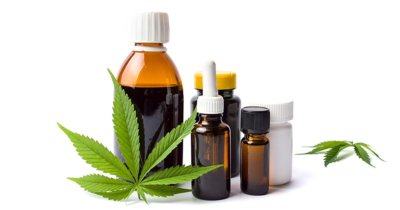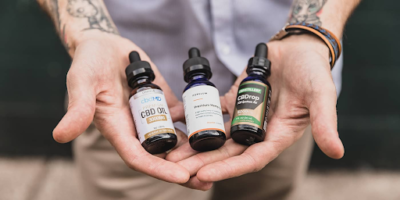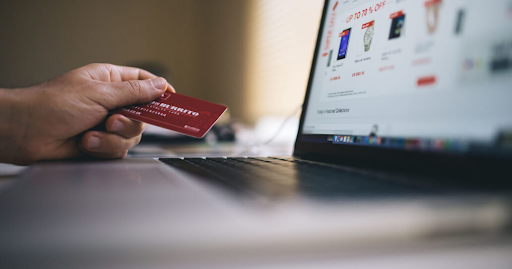With so many CBD brands entering the market and hitting the shelves, it’s hard to determine who can be trusted and how much to pay for a bottle of CBD oil. This article covers the supply and demand of hemp and how it impacts the consumer market price of today and tomorrow. Furthermore, it covers what to consider when shopping for CBD and trying to determine which product is legitimate.
This article is just an introduction to understand how the CBD hemp market is currently operating and how it affects the consumer. It is encouraged that you continue to stay informed by reviewing industry news updates to learn more about future regulations that will impact the consumer market.
Table of Contents
Understanding Supply & Demand
In 2019 hemp production quadrupled compared to the year prior, creating an oversupplied market. The hemp CBD extraction facilities that take the raw hemp material and turn it into CBD oil did not grow at this same rate. Furthermore, some farmers were not able to get their hemp removed from their field because they didn’t have an effective hemp dryer to prep the plant for extraction. As a result, many farmers are still waiting to get their crops processed to bring their oil to the market for consumers.
Despite all of this, the cost of CBD for consumers hasn’t been directly impacted by the bottlenecks at the beginning of the supply chain. Costs to date are relatively the same as they were last year. However, as more companies get their crops to oil and get it to market, it is anticipated that the cost for consumer packaged goods will decrease. This will be for a variety of reasons, but namely, because farmers will learn how to cut their cost per acre and offer a lower-priced product to better compete in a very crowded marketplace.
How To Find Quality CBD

From smoke shops to street fairs to CVS, everyone is carrying CBD. It’s hard to determine which of those products are quality. When shopping for CBD, here are a few things to consider:
- Look for labels that say “GMP”, or Good Manufacturing Practice. This means it was manufactured in a clean facility with proper quality control and standards in place
- Labels that say “organically grown” also have an advantage, as the farms that grew the hemp passed USDA agricultural standards
- Reputable CBD providers will provide a Certificate of Analysis (COA) and lab results of the hemp plant they use in their CBD. This allows the user to see the total CBD and ensures that the THC content is within legal limit. Interested buyers can also see whether or not the plants tested for heavy metals or pesticides.
- Run a Google search of the brand to find reviews of their products. There are also a wealth of CBD review websites that help users find brands they can trust. Just make sure the reviews appear authentic and look into whether or not the review site is taking payment from brands in return for a review.
Is more expensive CBD better?

Not necessarily. CBD companies employ similar pricing tactics to any other company offering a product or service. As long as you price it within a certain range of everyone else, you are associated to be the same level of quality as the reputable brands. But if you can beat them by a few dollars, you may just get the sale.
With that said, there are some pricing considerations worth taking into account:
- One of the most common forms of CBD on the market is the 1,000mg tincture/dropper bottle that is mixed with 30ml of carrier oil, like coconut oil.
- Most instruct you to take .5 ml per serving, 1-2 servings per day. Though it’s not uncommon for people to take 4 servings a day.
- These products are typically priced between $60-80, and that’s typically the range consumers should shop for as long as the brand meets all the criteria mentioned above.
Keep in mind that the pricing breakdown above is representative of the 1,000mg tincture (meaning there is 1,000 mg of CBD in the bottle and you use a dropper to ingest the oil). Look closely, as some bottles offer only 500mg, while others offer up to 2,000. Depending on the quantity, reset the average numbers above accordingly. For example, if you find a bottle for $50 that is USDA organic certified and immediately purchase, you may get home and look closer to see that it’s a 500mg bottle. This equates to a $100 bottle if it were 1,000mg.
Lastly, this pricing breakdown only provides a market pricing example for tinctures. If you are purchasing CBD salves, gummies or sprays, do your research to find what the average market price is amongst reputable brands.
















